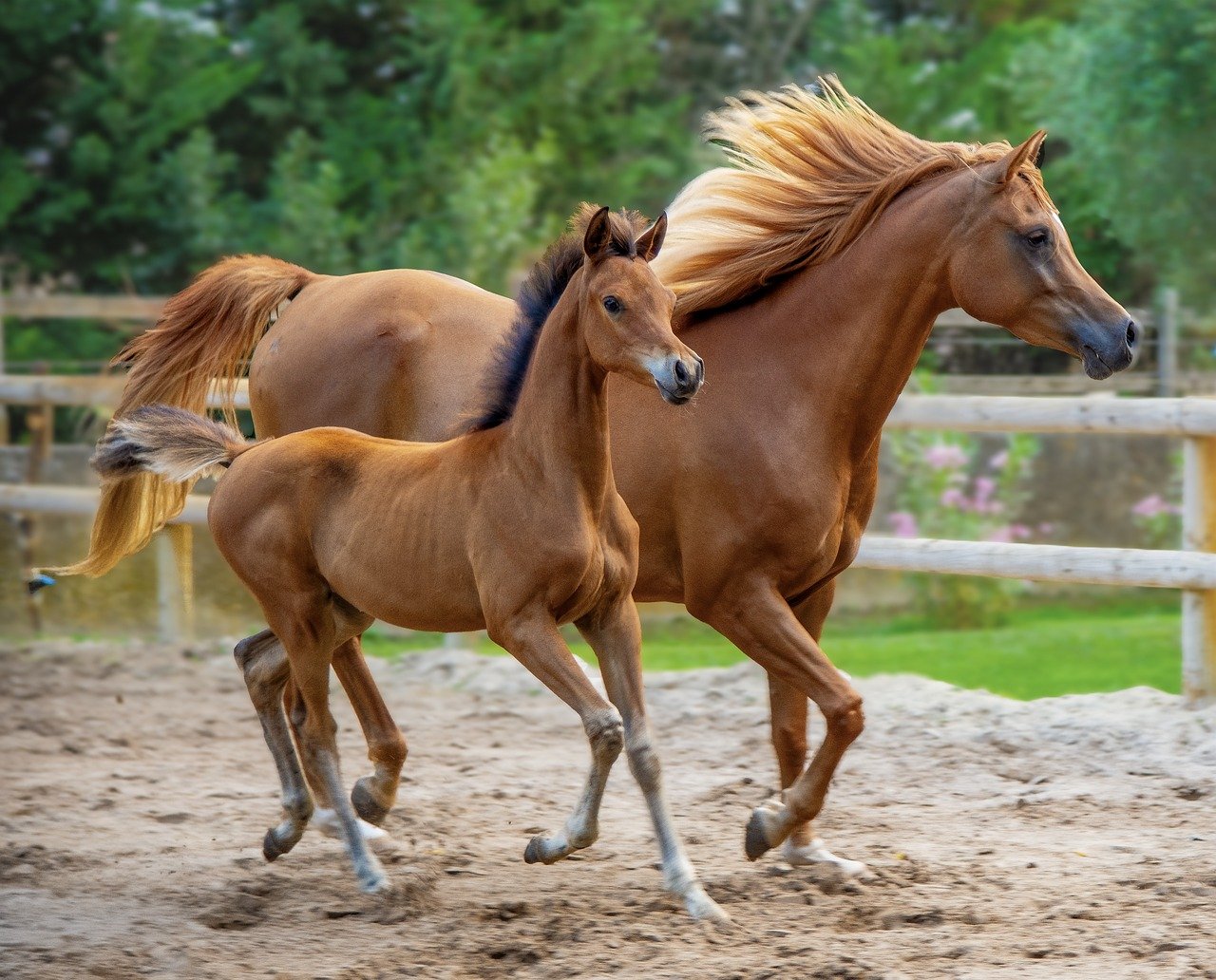News release
From:
Reining in the timing of horse domestication
The domestication of the modern horse probably did not occur before 2,700 BCE, according to an analysis of 475 ancient horse genomes published in Nature this week. The finding challenges previous hypotheses of earlier domestication times.
Horses revolutionized human history by increasing mobility, but the timeline between domestication and widespread integration as a means of transportation remains contentious. Genetic evidence suggests that modern domestic horses emerged in the western Eurasian steppes, including in regions that were populated by herders known as the Yamnaya around 3,000 BCE. Some theories suggest that the Yamnaya rode horses as they migrated into Europe. The earlier appearance of a different lineage of domestic horse (potentially used for their milk), associated with the Botai culture in Central Asia (from a context dating to around 3,500 BCE), adds to the confusion.
To probe the potential timings of domestication, Pablo Librado, Ludovic Orlando and colleagues performed genomic analyses of 475 ancient and 77 modern horses. They find that around 2,200 BCE there was a distinct change in horse breeding practices (including the introduction of close kin mating), which led to the replacement of nearly all horse lineages with modern domestic bloodlines. This expansion was preceded by a domestication bottleneck (starting around 2,700 BCE) in which generation time (relating to the age of horses when they reproduce) was reduced, thereby facilitating the breeding of the new domestic horses. Previous research suggests that the Yamnaya migration took place 3,300–2,600 BCE. Therefore, the timings from this study are incompatible with the hypothesis that Yamnaya-related steppe peoples were accompanied by large herds of modern domesticated horses, the authors suggest.
The authors also find evidence for domestication in the Botai horses (including shortened generation times), which means that horse husbandry may have taken place in some regions prior to 2,700 BCE but did not lead to widespread horse mobility.



 International
International


